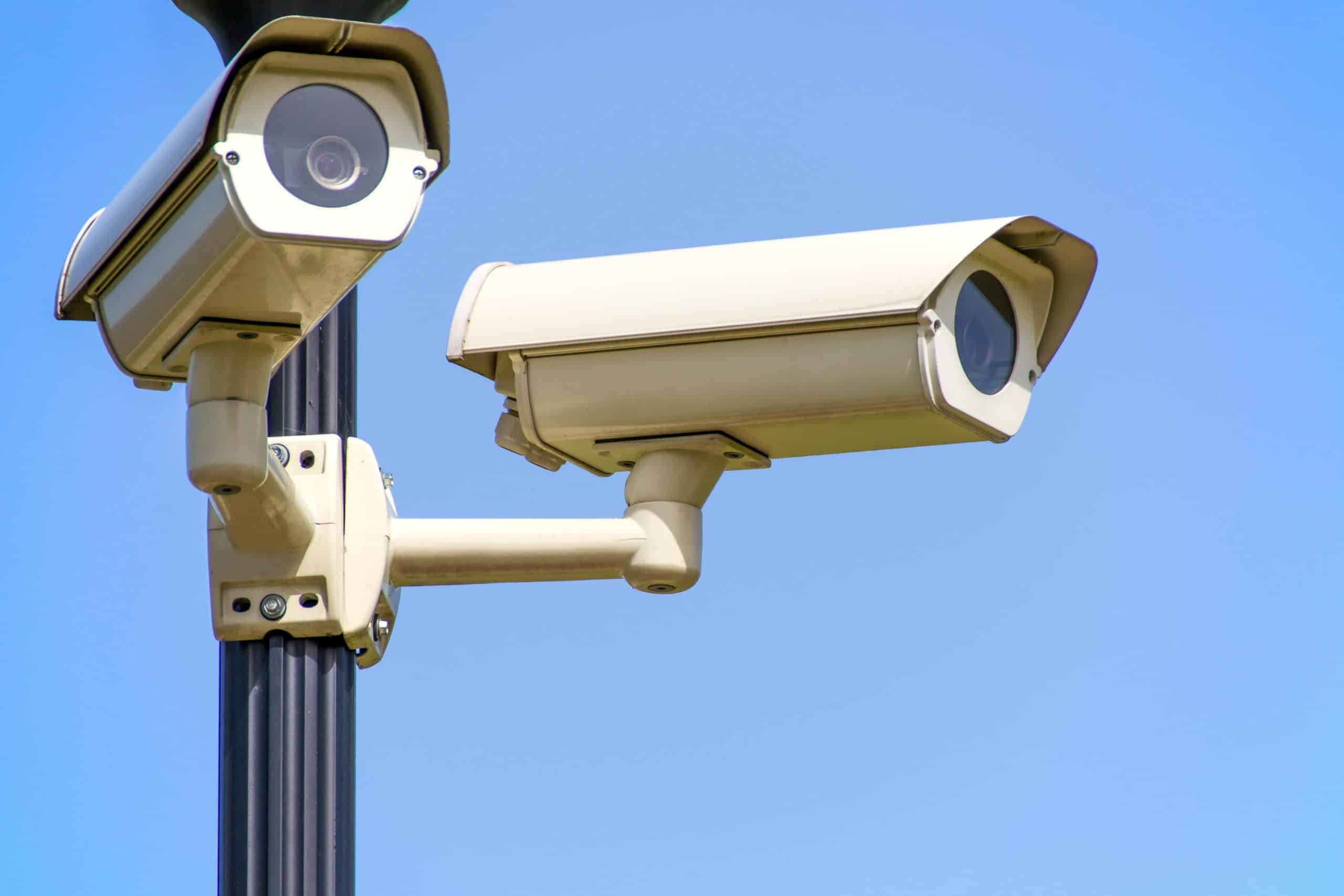What Are the Latest Developments in Anti-Fog Technology for UK Traffic Cameras?

The world of traffic cameras has witnessed a rapid evolution, particularly in the UK, where the need for effective and efficient traffic management systems is more pressing than ever. As technology continues to emerge and develop, it brings with it new advancements that promise to improve the performance of these cameras, especially in challenging weather conditions. One of the most problematic issues that traffic cameras face is fog, which can significantly impair visibility, leading to inaccurate detection of vehicles and speed. Fortunately, the latest developments in anti-fog technology are paving the way for more reliable and efficient traffic management. Let’s delve into these advancements and how they’re enhancing the ability of traffic cameras to operate in foggy conditions.
Enhanced Image Processing Algorithms
To begin with, the heart of any camera lies in its ability to process images effectively. With traditional cameras, foggy conditions pose a significant challenge due to the diffraction and scattering of light, which results in blurred or unclear images. However, the recent advancements in image processing algorithms offer a solution to this issue.
A voir aussi : What Is the Impact of Smart Technology on Energy Conservation in UK Schools?
These algorithms are based on sophisticated methods that allow the cameras to enhance the visibility of images captured in foggy conditions. They do this by cutting through the fog, so to speak, adjusting the contrast, brightness, and other elements of the image to render it more visible. This method is particularly effective in traffic cameras, where clarity is crucial for accurate vehicle and speed detection.
Visibility Enhancement Systems
Next, the visibility enhancement systems have undergone considerable developments in recent years. These systems are designed to improve the visibility of images captured by the camera in foggy conditions, enabling the camera to detect vehicles and measure their speed accurately.
A lire également : How Can Nanotechnology Improve Water Filtration Systems in Rural UK Areas?
Most visibility enhancement systems employ a combination of hardware and software-based methods to enhance images. The hardware methods often involve the use of special lights that can penetrate the fog, while the software methods involve the use of advanced image processing algorithms. These systems are capable of adapting to varying fog conditions, ensuring that the camera maintains its performance at all times.
AI-Based Fog Detection
Artificial intelligence (AI) has made its way into many areas of technology, and traffic cameras are no exception. AI-based fog detection systems are a particularly notable development in this area. These systems use AI algorithms to assess the density of the fog and adjust the camera’s settings accordingly, ensuring optimal image quality and visibility.
The AI system essentially learns from the data it is fed, allowing it to improve its performance over time. This means that the more the system is used, the better it will become at detecting fog and adjusting the camera’s settings. This adaptability makes AI-based fog detection systems incredibly valuable in traffic cameras, especially those that need to operate in highly variable weather conditions.
Advanced Light Filtering Techniques
Finally, the latest developments in anti-fog technology for UK traffic cameras encompass advanced light filtering techniques. These techniques involve the use of special types of glass and other materials that can filter out the light scattered by the fog, which allows the camera to capture clear and sharp images.
These light filtering techniques are commonly used in conjunction with visibility enhancement systems and AI-based fog detection systems. Together, these technologies provide a comprehensive solution to the challenge of operating traffic cameras in foggy conditions. They ensure that these cameras can continue to capture clear images and accurately detect vehicles and their speed, regardless of the weather conditions.
In conclusion, the latest developments in anti-fog technology for UK traffic cameras are revolutionizing the way these cameras operate. With enhanced image processing algorithms, visibility enhancement systems, AI-based fog detection, and advanced light filtering techniques, these cameras can now function optimally even in the densest fog. While the technology is still evolving, it is clear that these advancements will play a key role in improving traffic management and safety in the UK.
Incorporation of Thermal Imaging in Anti-Fog Technology
A rising trend in anti-fog technology is the incorporation of thermal imaging, a technology that is not affected by visible light or weather conditions. Thermal imaging allows cameras to detect vehicles based on their heat signatures, making it an excellent tool for operating in foggy conditions.
Thermal imaging works by detecting the heat emitted by objects, including vehicles, and transforming this information into a visual image. In foggy conditions, the heat signature of a vehicle remains constant, unlike its visual appearance, which is affected by the fog. This means that a thermal imaging camera can ‘see’ through fog, capturing clear images of vehicles to ensure accurate speed detection.
Furthermore, thermal imaging is effective in real-time, meaning that it can provide immediate feedback to the traffic management system. This makes it an invaluable tool for managing traffic in real-time during foggy conditions, where visibility is often significantly reduced.
Moreover, thermal imaging can also be incorporated into autonomous vehicles, which are becoming increasingly common in urban areas. By providing clear images of the driving environment even in foggy conditions, thermal imaging can help autonomous vehicles navigate safely and efficiently.
Integration with Other Technologies
Another major development in anti-fog technology for UK traffic cameras is the integration of this technology with other advanced systems. For instance, anti-fog technology can be combined with facial recognition systems, allowing the cameras to not only detect vehicles and their speed but also identify the drivers.
Another potential integration is with CCTV cameras, enabling them to function effectively in foggy conditions. Having the ability to capture clear images in foggy conditions can be extremely beneficial in urban areas, where CCTV cameras are often used for security and surveillance purposes.
Furthermore, the integration of anti-fog technology with autonomous driving systems can significantly enhance the performance of autonomous vehicles. By ensuring clear visibility even in foggy conditions, these systems can contribute to safer and more efficient autonomous driving.
In the academic world, the advancements in these technologies have been widely studied and documented in numerous papers available on Google Scholar and Open Access. Many of these studies can also be found on Preprints.org, offering a glimpse into the future of anti-fog technology and its potential applications.
Conclusion
To sum up, the latest developments in anti-fog technology for UK traffic cameras are making significant strides in improving the functionality and reliability of these cameras in bad weather conditions. With the incorporation of thermal imaging, the integration with other technologies like facial recognition and CCTV cameras, and the use of advanced systems like AI-based fog detection and visibility enhancement, speed cameras are becoming a reliable tool regardless of the weather conditions.
The significance of these advancements extends beyond traffic management. They are poised to revolutionize other areas too, such as autonomous driving and urban security. As this technology continues to evolve, it’s exciting to see how it will transform the UK’s driving environment and contribute to safer and more efficient roads. The future of anti-fog technology for traffic cameras is bright, and we can expect it to play a vital role in the UK’s traffic management in the years to come.
